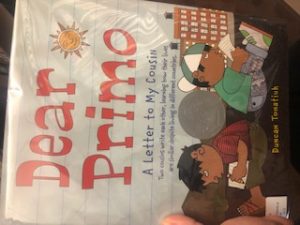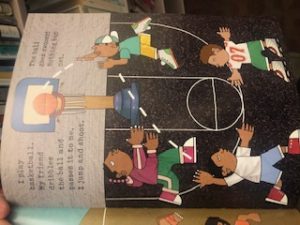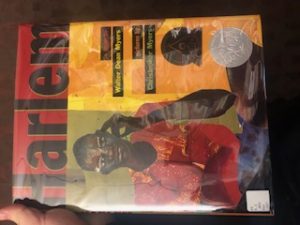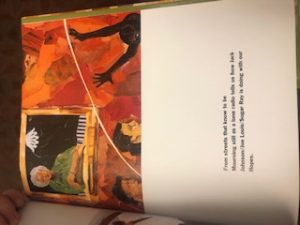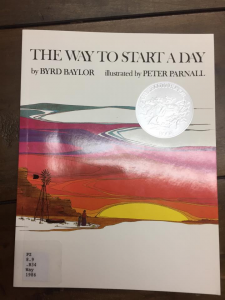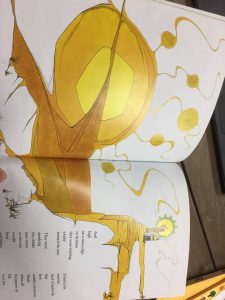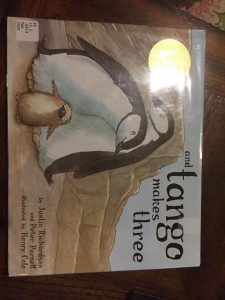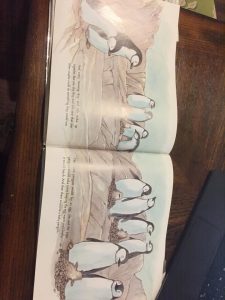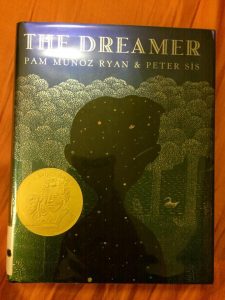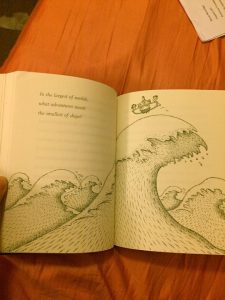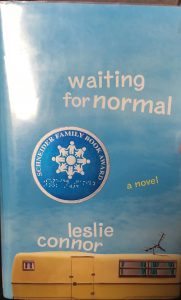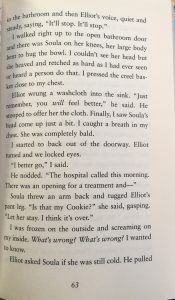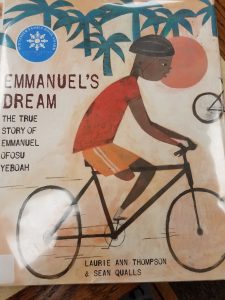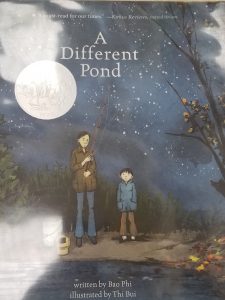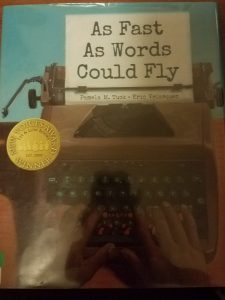Title: Dear Primo: A Letter to My Cousin
Author: Duncan Tonatiuh
Publisher and Year: Abrams Books for Young Readers 2010
Number of Pages: 27
Tags: Award Book, Culture, Family, Friendship, K-1, Joe Marras
Descriptive Annotation: This is a very simple story about two cousins, one that lives in Mexico and one that lives in New York City, that write each other letters telling each other what they do in their lives. They have many similarities in what they do, but they can differ on how they do them. They both are very interested in one another and want to have their Primo, cousin in spanish, visit them sometime soon.
Classroom Application: This can be used to show similarities among kids throughout the world. Both kids went to school, had recess, went to the store/market, but they just differ on how or what they do while there. In New York they play basketball at recess, but in Mexico they play soccer, but they are both playing games at recess! This can also be used to introduce students to the spanish language as there are many spanish words throughout the story as well as pictures labeled so they can know what the word means.
Linguistic and Cultural Diversity Analysis: This book represents Mexican and American culture, but I can see how it can be used to show that kids across the world are more alike than they know. “Every morning I ride my bicicleta to school.” “I ride the subway to school. The subway is like a long metal snake, and it travels through tunnels underground.” They both go to school, but they get there differently, and they are both exciting ways of getting to school. In Mexico his favorite meal is quesadillas, and in America his favorite is pizza. It brings to light the similar things they do, and shows that they do them in different ways sometimes and that is perfectly okay and exciting.
